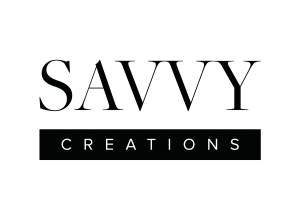Give the People What They Want — A Good Story
Author’s and copywriters are different. Journalists are in their own lane again, as are screenwriters.
Each artform has its own individual requirements and specialties.
But what ties them all together is how the artists must construct a story for their readers. It may be obvious how journalists, authors and screenwriters write stories as their craft is centered around recounting real or fictional events in compelling ways with compelling characters. Copywriting may look like the odd-man-out as the role focuses on writing text for advertisements or promotion; but there is (or should be) a story behind every heading, caption, website page, blog or advert.
It’s just a little less obvious.
But why do you need a story to sell something?
Stories are often looked upon as forms of entertainment. This is true, they have been entertainment since people shared stories around campfires and painted them as images on stone walls. But they are also ways of connecting with people, delving into shared experiences, dreams and emotions. With that being said, why wouldn’t you use a story to sell? Having both entertainment and connection woven into copy intended to sell a business, product or service heightens the engagement and interest that people will have with whatever is being sold.

In copywriting, there can be a complete story being told or simply characteristics of storytelling being used.
An example of storytelling characteristics being utilised can be seen in a Rolls-Royce advert written by David Ogilvy. After extensive research into the car he crafted this headline:
“At 60 miles an hour, the loudest noise in this new Rolls-Royce comes from the electric clock.”
Ogilvy could have simply said “it’s the quietest car you’ll ever drive” or “new innovations have made the noise levels of the Rolls-Royce lower than any other car at 60 miles an hour”. But NO. He chose to create a story by including small details that show and don’t tell. You get a sense of the car’s luxury whilst subtly becoming aware of how quiet it is. It’s genius.
Another element of storytelling that appears in copy is a voice—a clear, personable voice of a storyteller. In novel’s, this is referred to as the narrator, but in copywriting it’s the voice that surges out of the words and expands the idea readers have of the brand personality. How something is expressed on paper (or the web) can create playfulness, intensity, urgency and a million other kinds of voices. A strong narrative voice is a weapon every copywriter should have in their arsenal.

In terms of writing a complete story, finding a story to tell is usually the hardest part. However, most people don’t realise that if they have a product or service, there is already a great story waiting to be told. How did your business come to be? What problem did you see in the world that you wanted to help overcome? This story allows you to connect with your audience as you show them that you have resonated with their pain and have worked tirelessly to take that pain away, which builds a relationship and trust. This story will build empathy and hopefully conjure feelings of hope and inspiration.
Your big take away from this blog should be that EVERYONE LOVES A GOOD STORY. When writing for your business, don’t forget to look for the narrative that is hiding in the mundane. Find a way to weave the wonderfully creative techniques of storytelling into your copy to add interest, intrigue and investment.
Gather people around your campfire to have them listen and care about the story you have to tell.






